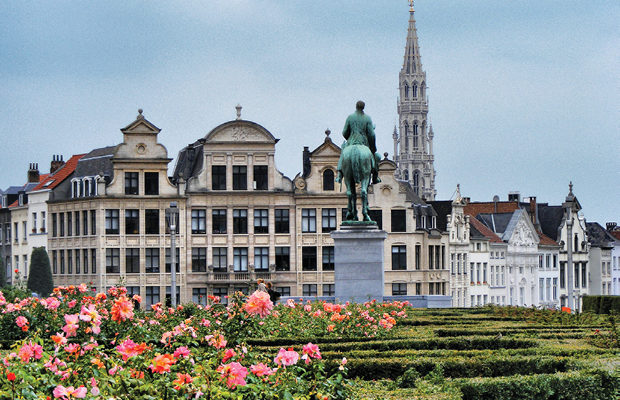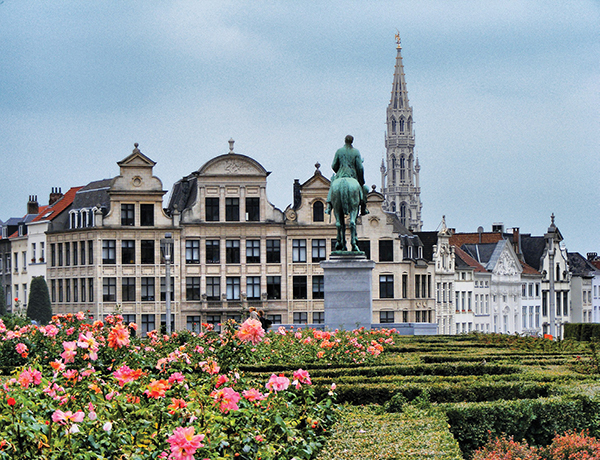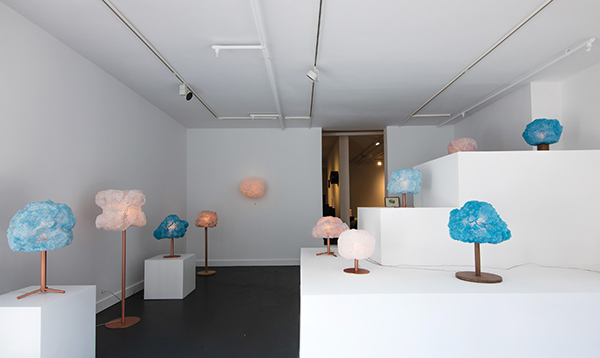 DAVID SPENDER PHOTO
DAVID SPENDER PHOTO
Design
Bruxelles ma belle
SPRING HAD ONLY JUST BEGUN when a cold chill took hold in Brussels: on March 22 the city was hit by two terrorist attacks. Bombs went off at the airport and the subway, with more than thirty casualties and numerous injured citizens. Panic, fear, and anger ensued. And sadness, too, symbolically expressed with chalk drawings on the street. The people of Brussels responded with a call for solidarity and peace. And with the request to see not only Brussels’s problematic districts, but also its beauty.
“Bruxelles ma belle” (#bxlmabelle) was one of the many slogans that were chanted on the streets: Brussels, my beauty. National newspapers gave away tickets for concerts and the theater, to museums and exhibitions. The government awarded money to the best ideas for elevating the city’s image. Businesses also invested—just before summer the four limitededition design dealers discussed below either opened galleries for the first time (Atelier Jespers and Piano Nobile) or moved to new locations (Victor Hunt and Maniera). For existing galleries the move was a reinvestment in what was previously a calculated experiment; for brand new galleries it was a step into the unknown. But in all cases, these moves radiate hope. And confidence.
These gallerists believe in their city and in their specific place between art and more traditional objects and furniture design. “Applied art and limited-edition design are a less speculative market than that of art,” says Lise Coirier of Piano Nobile. “This kind of design is absolutely of this time,” adds Victor Hunt’s Alexis Ryngaert. But the bottom line is this: these Brussels gallerists all work with national and international artists, architects, craftsmen, and designers, and each delivers unique and diverse objects—spectacular or controversial, subtly poetic or simply full of theoretical baggage, and, of course, with some Belgian surrealism, too.
Like so many inhabitants of Brussels, they dare to experiment. They try out and analyze. But they keep moving—just like their city.

Located between the Place Royale and the Place d’Albertine in the center of Brussels, the Mont des Arts offers beautiful city views and features an equestrian statue of Albert I of Belgium. | DAVID SPENDER PHOTO












